Soil and site:
Early crops prefer a sheltered spot. Maincrop carrots thrive better on an open site. Carrots do best on light and stone-free soil which is free-draining. The ideal soil pH is 5.8-7. However, carrots also do reasonably well on marginal soil, especially the stronger growing types like Chantenay and Autumn King. Under no circumstances add fresh manure to the soil before sowing. This will cause too much leafy growth at the expense of root development so the roots would also tend to fork trying to find the pockets of manure, rather than growing down. Forking of the roots also occurs if there are stones in the ground.
Rotation:
Carrots should be grown in the Umbellifer section of the rotation and it is essential that carrots are being rotated.
Plant Care:
Carrot – Early Nantes should be kept well-weeded at all times because they are bad competitors against weeds.
Harvesting:
Early carrots can be pulled young and bunched as required with their leaves attached. Maincrop carrots should be harvested in autumn before a heavy frost. On lighter soils, they can be pulled by hand and the tops twisted or cut off. On heavier soil, it is recommended to fork the roots out as they may otherwise break. In milder areas with very free-draining soil, one could consider leaving the carrots in the ground over winter and harvesting as required because the flavor is best when harvested fresh. In wetter parts, the roots may rot.
Storing:
Carrot – Early Nantes are ideally stored in a root cellar or another well-insulated building in a box of moist sand. The temperature should be close to 0 C, but not freezing. Before storage, grading is essential. Any roots with carrot fly damage or diseases should not be stored with healthy ones. If storage conditions are ideal one can expect a storage life of about 5 months.
Traditionally carrots were stored in clamps which can be made outside or under shelter. The carrots are piled up on a base of straw in a heap not more than 60cm high, then covered with a thick layer of straw and then a layer of earth (15cm thick). Unfortunately, the wastage is generally quite high as mouse and rat control is difficult.
Problems:
By far the most serious pest is the Carrot Root Fly(Psila rosae). The flies’ white little maggots bore tunnels in the outer layers of the carrot. This makes them very unattractive and susceptible to rots. It is impossible to eradicate as it feeds on a number of other umbelliferous vegetables and wild plants. There are, however, numerous ways of avoiding the carrot root fly:
Packaging
1xCarrot Nantes 12X100g


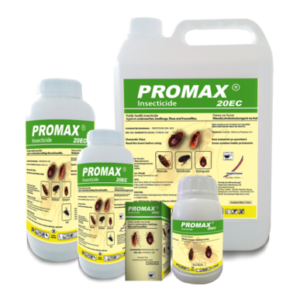


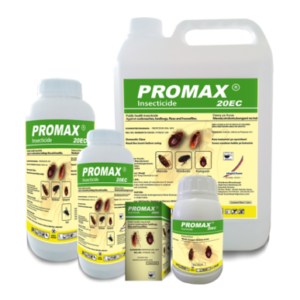
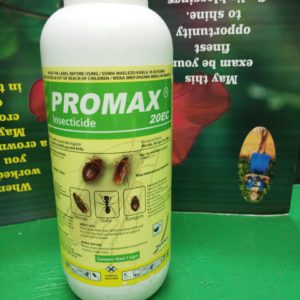
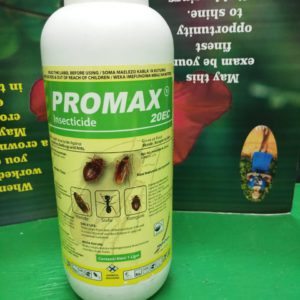

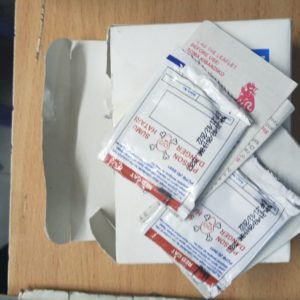

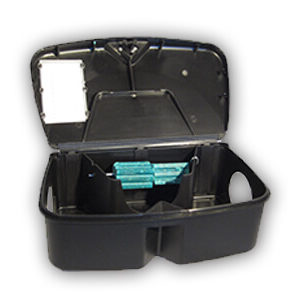
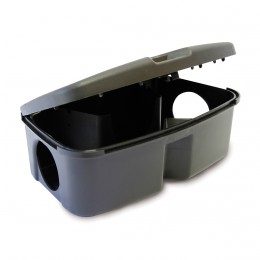
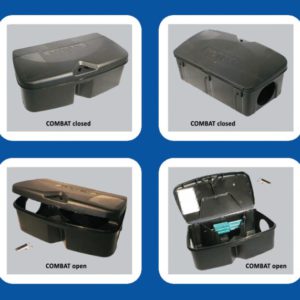
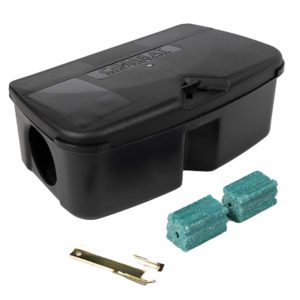
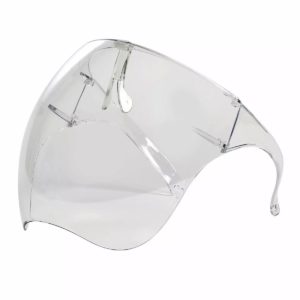
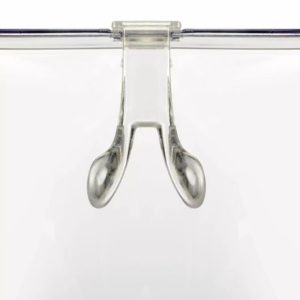
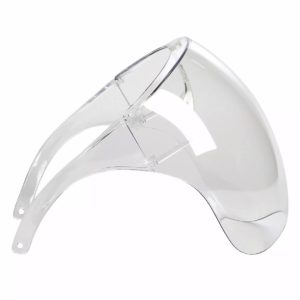

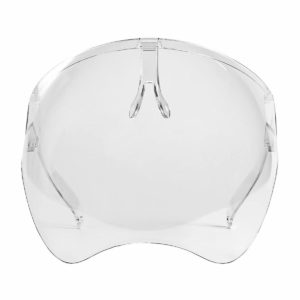
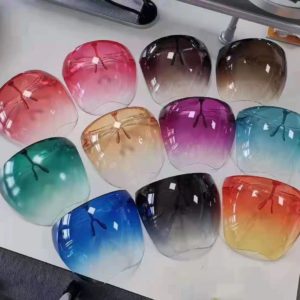
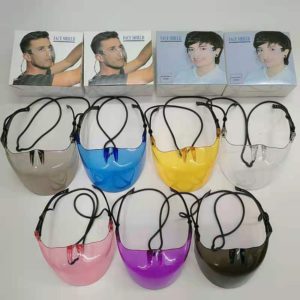
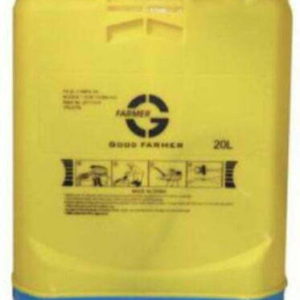

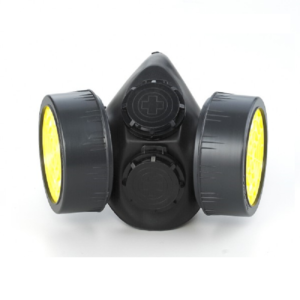
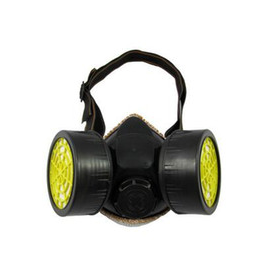
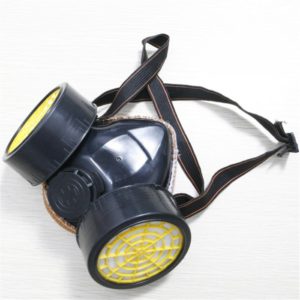


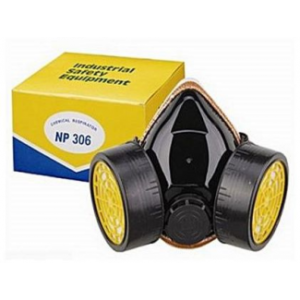
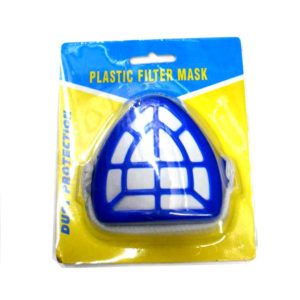
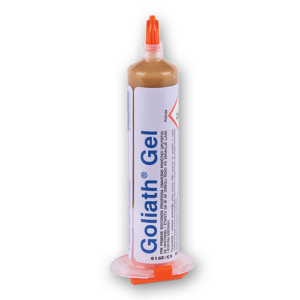

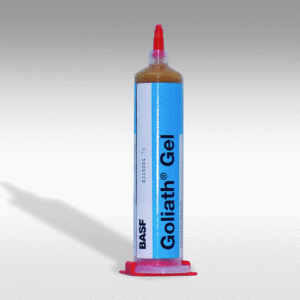


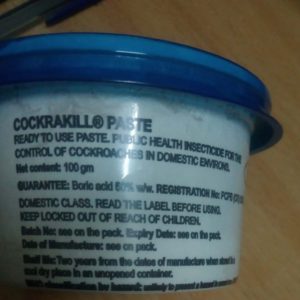

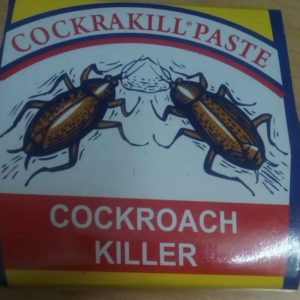
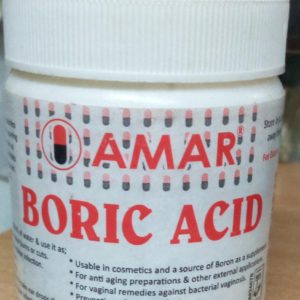
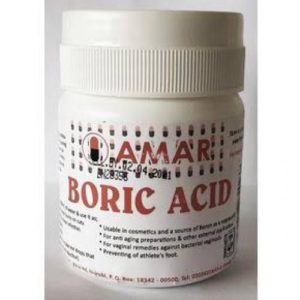
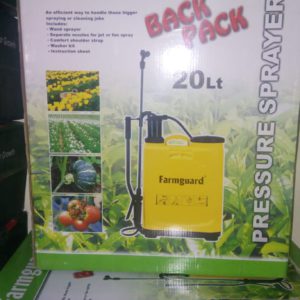
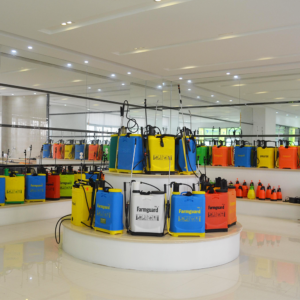
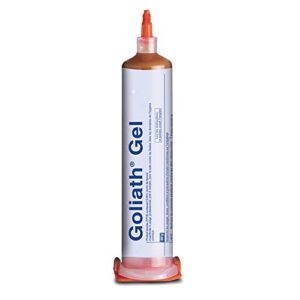

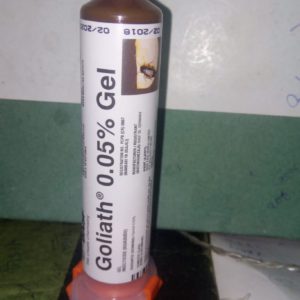
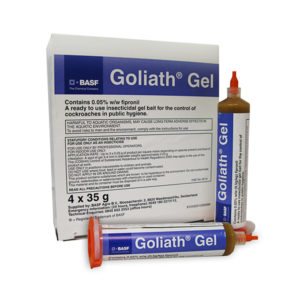
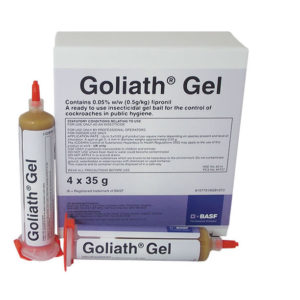
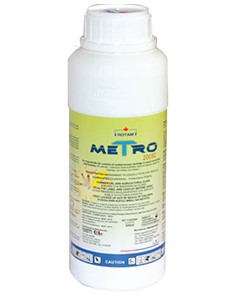
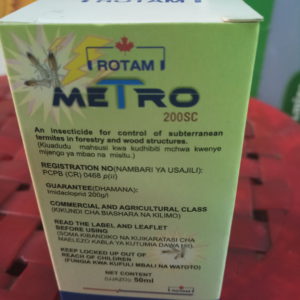
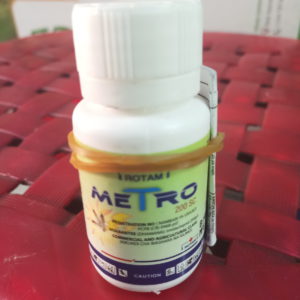
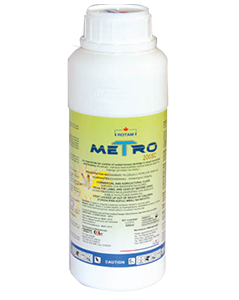
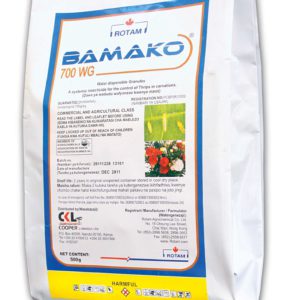
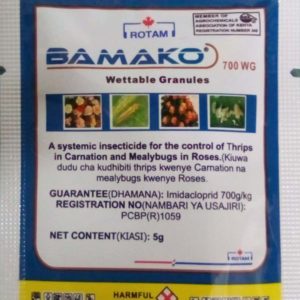
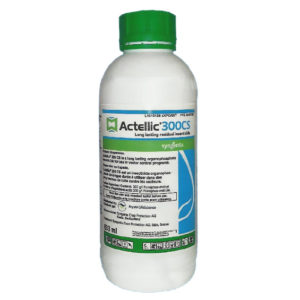
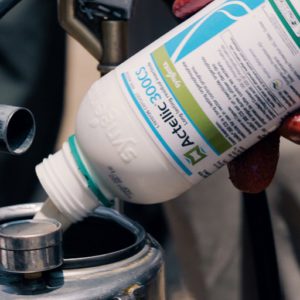
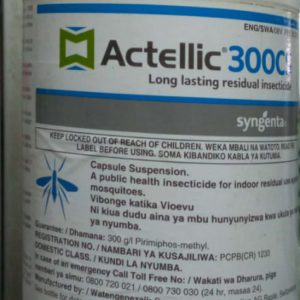
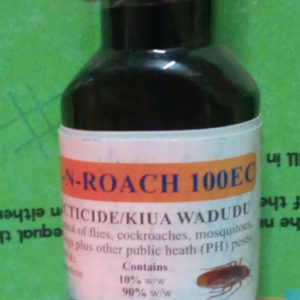
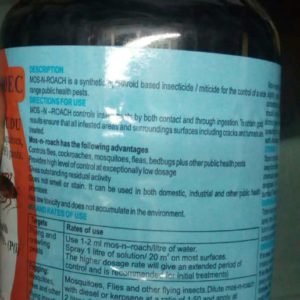

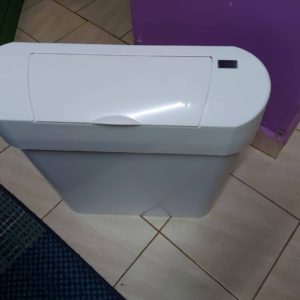
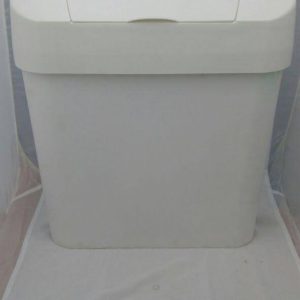
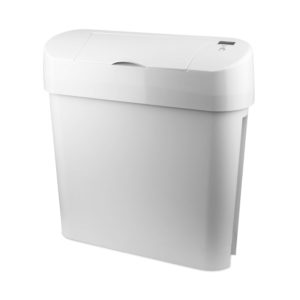
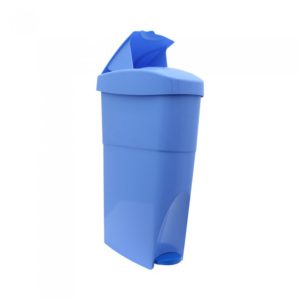
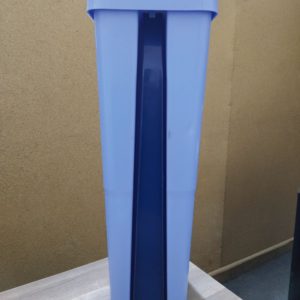
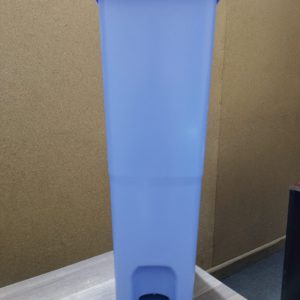
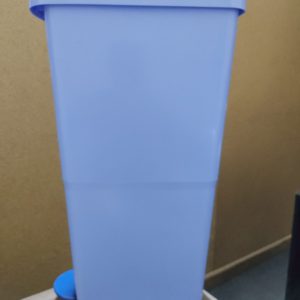

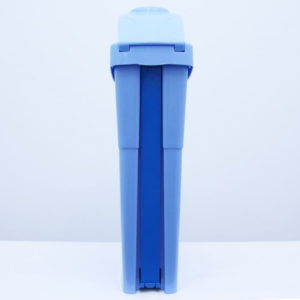
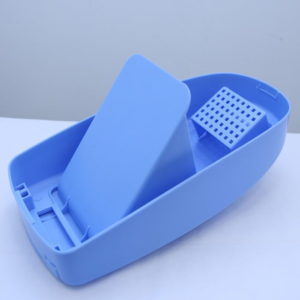
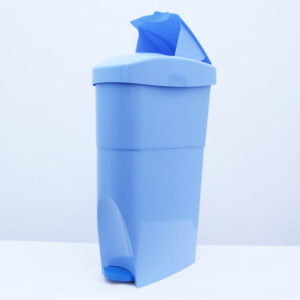
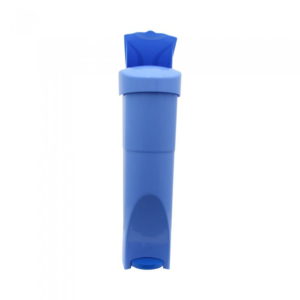
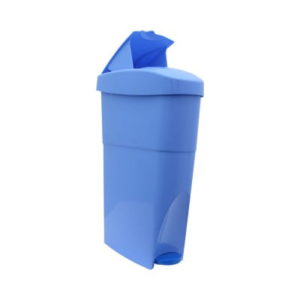
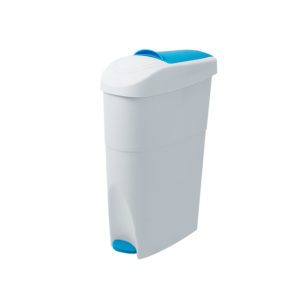
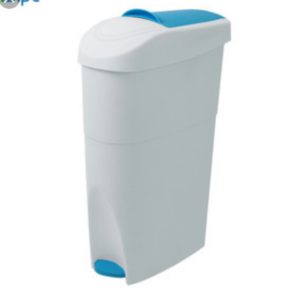
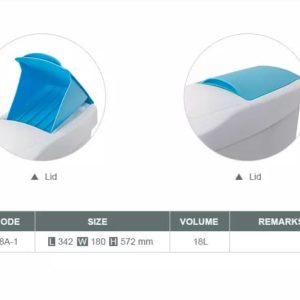
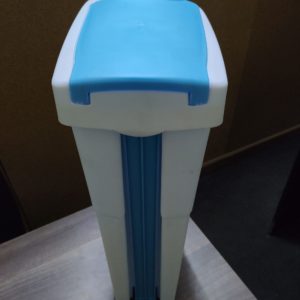
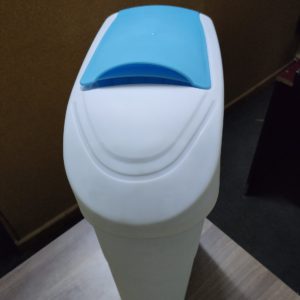


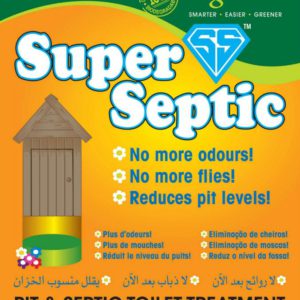
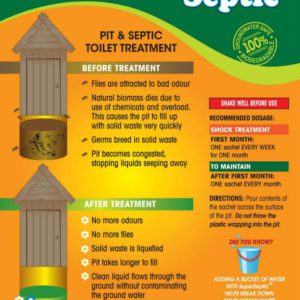
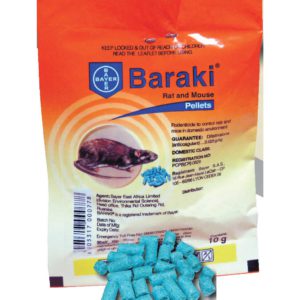

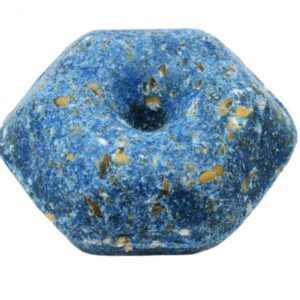
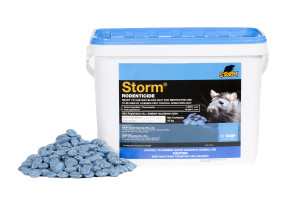
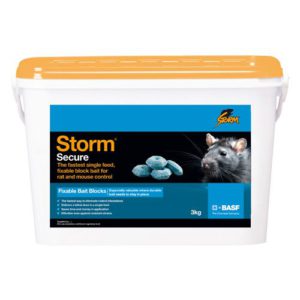
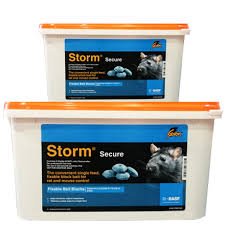
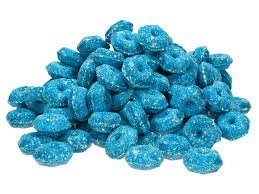
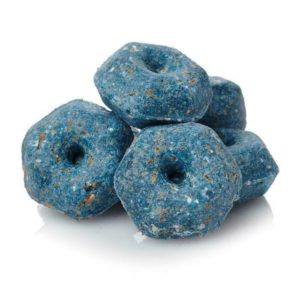

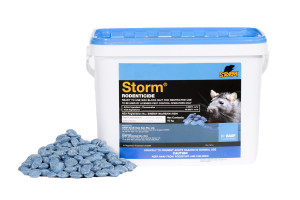

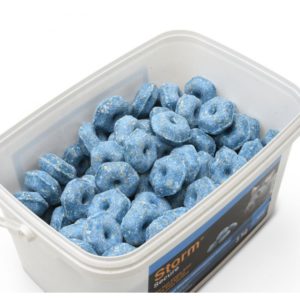

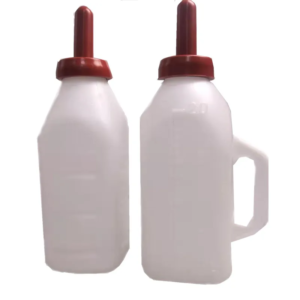
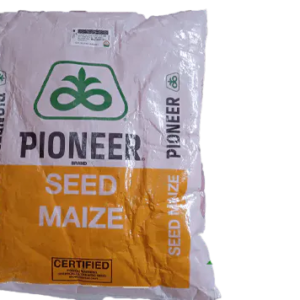
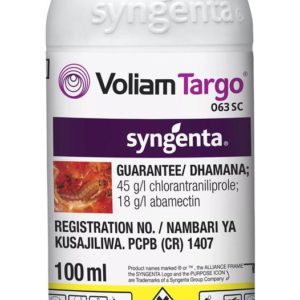

 No products in the cart.
No products in the cart. 